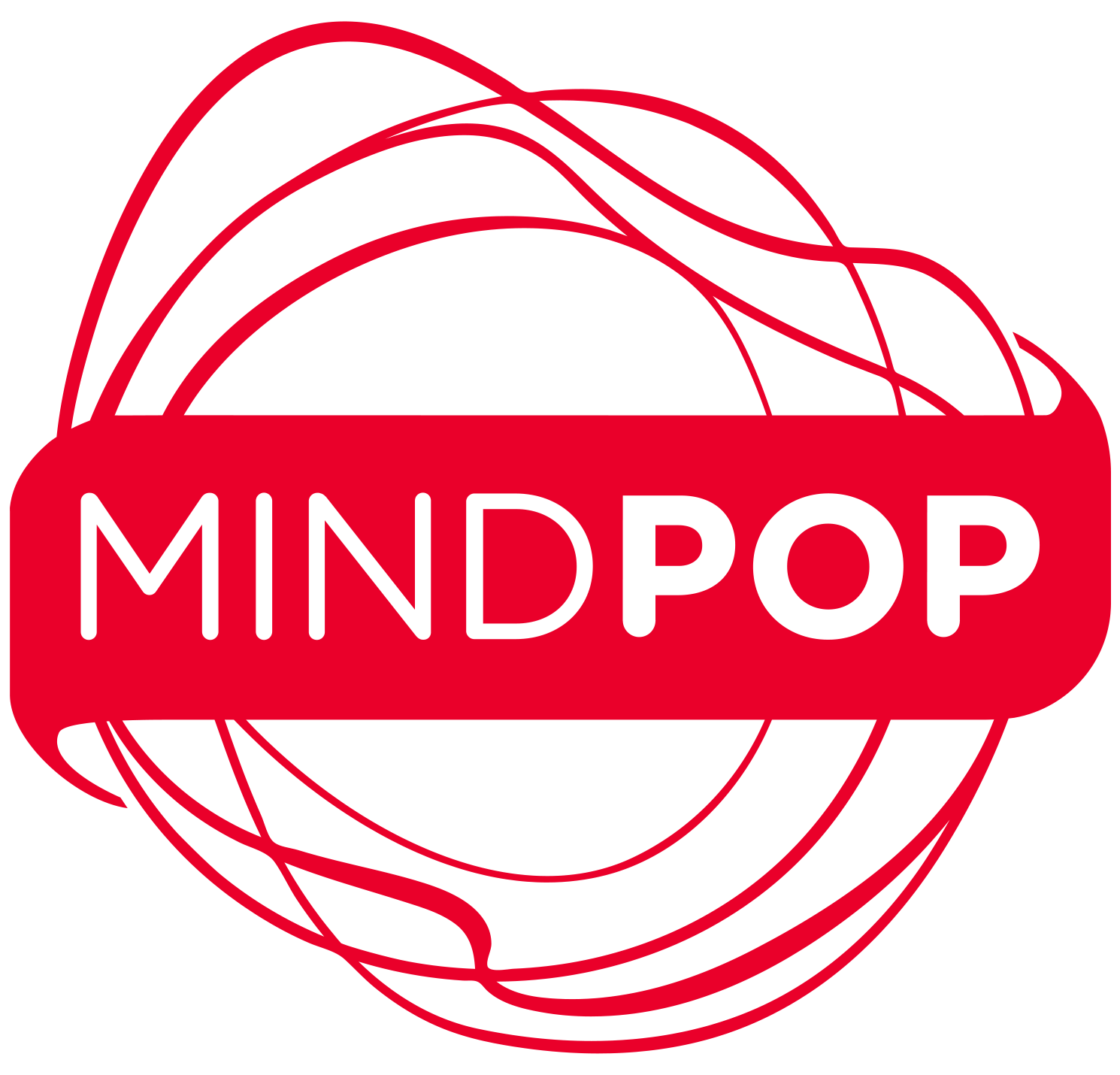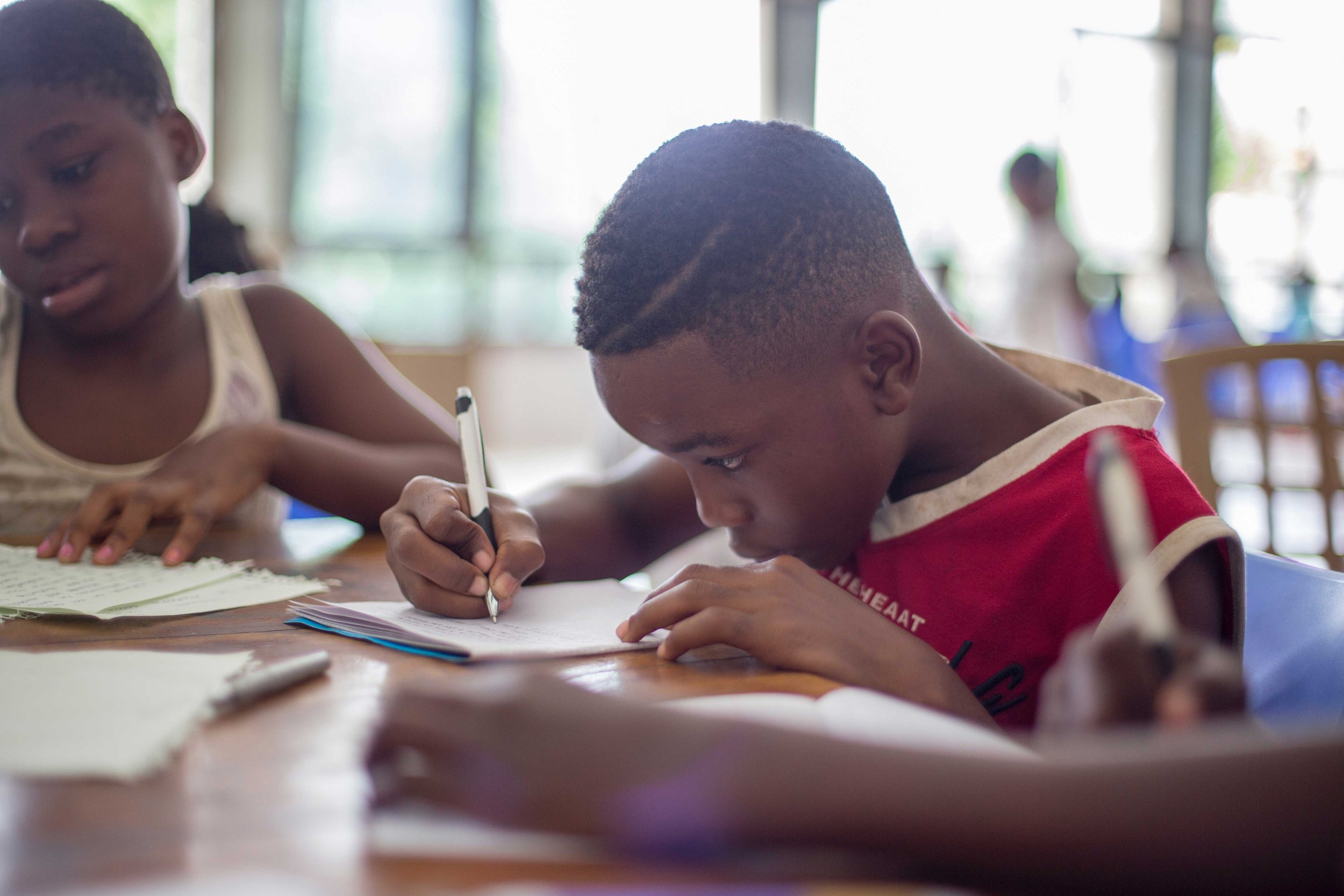Impact
Research demonstrates a significant positive impact on students, teachers and the community.
The Creative Learning Initiative Benefits Austin ISD's English Language Learners
English language learners were more likely to attend school and to meet the STAAR passing standards in reading and math when their teachers used creative teaching strategies more frequently.
New Discoveries in High School Arts Participation and the Implications for Equity
In this report, we grouped students into three distinct categories, based on patterns that emerged in arts participation during high school, which we named spartans, explorers, and deep divers. Our hope is that understanding these patterns in arts participation will inform how we strategize for each and every student to have access to the arts during high school.
What is Inclusive Participation?
This report explains the Creative Learning Initiative’s new measures that evaluate visual and performing arts participation at all secondary schools.
Impact of Creative Teaching on Academic Growth 2016–2018
This report examines the impact of Creative Teaching techniques on students’ academic growth on the State of Texas Assessment of Academic Readiness (STAAR) reading and math tests from 2016–2017 to 2017–2018.
2018–2019 Creative Learning Initiative Implementation Summary
This report summarizes the CLI implementation activities. Overall, CLI implementation in 2018–2019 was comparable to prior years and continues to have a positive impact on students.
Impact of Sequential Fine Arts on Student Outcomes in Austin ISD in 2017–2018
This report discusses the relationship between sequential fine arts participation and student outcomes for the school year 2017–2018 and how the relationships differ between based on student characteristics (i.e. race, ethnicity, special education status and limited English speaking status).
Creative Teaching in Austin ISD in 2017–2018
This report, the second in a series of three on CLI, shares teacher’s reactions to training in Creative Teaching, how and why they use it in the classroom, and how that usage relates to student outcomes.
2016–2017 Program Highlights for the Creative Learning Initiative
Access, Creative Teaching, and the Community Arts Network








